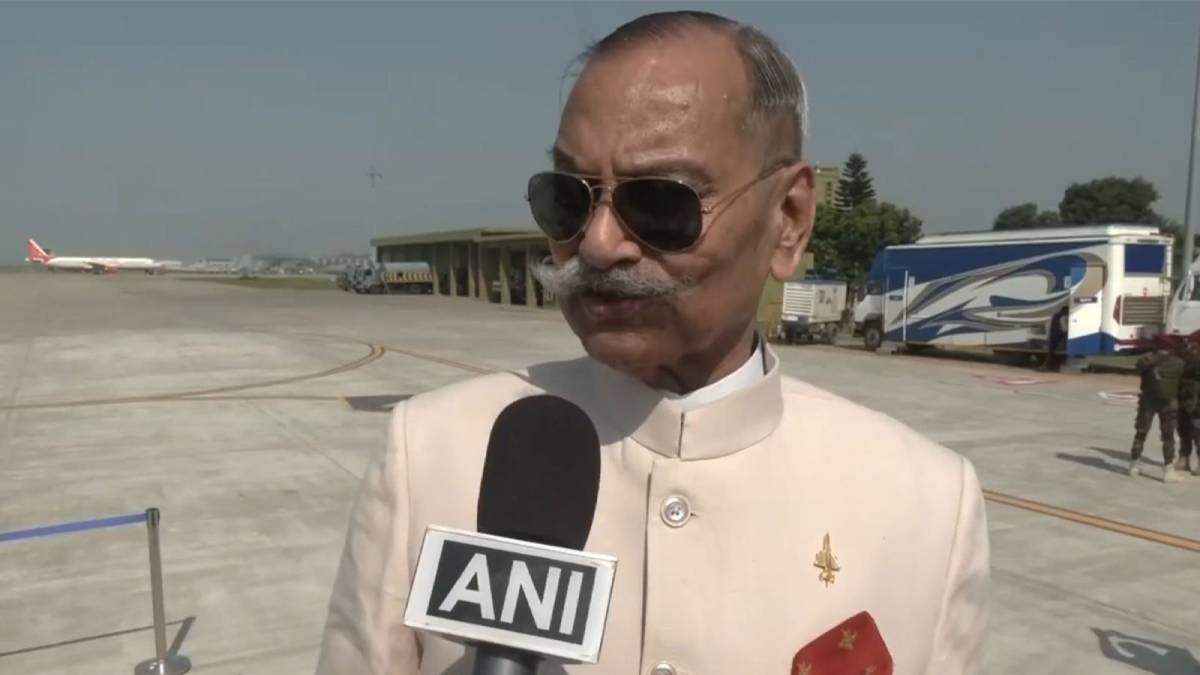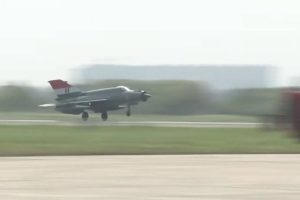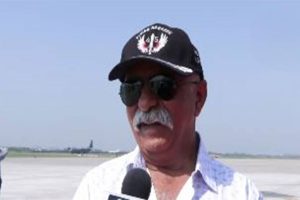The Indian Air Force bid farewell to its legendary MiG-21 fighter aircraft on Friday in Chandigarh after six decades of service. Squadron Leader SS Tyagi, who logged the highest flying hours on the aircraft, credited the MiG-21 with 80% of India’s victory in the 1971 war.
Speaking to ANI, Tyagi highlighted the aircraft’s critical role, saying, “MiG-21s participated in the 1971 war, conducting rocketry, gunnery, dropping bombs, and striking various targets in Dhaka. I would give 80% of the credit for our victory in 1971 to the MiG-21.”
Veteran pilot Group Captain Malik (Retd.) described the decommissioning as an emotional moment, recalling, “I have flown all three versions of the MiG-21 for almost 24 years… Each moment is emotional when bidding farewell to this aircraft, and I swear there is nothing better than it.”
Inducted in 1963, the MiG-21 served as a cornerstone of India’s air power. The first squadron, the 28 Squadron, nicknamed ‘First Supersonics’, was India’s first supersonic fighter unit. Over the decades, the aircraft trained generations of pilots and demonstrated its combat prowess in multiple operations, including the 1971 war, where it struck the Governor’s residence in Dhaka, contributing to Pakistan’s surrender.
The MiG-21 also engaged enemy fighters across generations, from F-104s in 1971 to F-16s in 2019, cementing its legacy as one of the most battle-tested jets in IAF history. As India transitions to a new generation of fighter jets, the MiG-21 leaves behind an unmatched record of service and valor.





